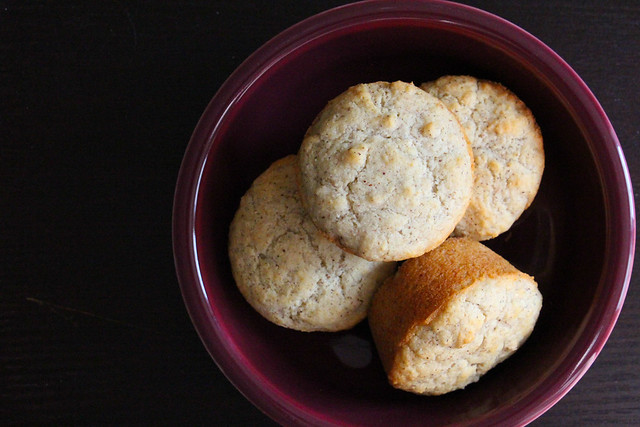
Appalachia has planted the seeds of history.
Heirloom seeds, which have been carefully cultivated and passed down through many generations, are often found in smaller, isolated communities and adapted to local growing conditions.
One of Appalachia’s colorful heirloom seeds has seen a resurgence in recent years: bloody butcher corn. It has made appearances in dishes by world-renowned chefs in cities around the country.
The kernels are colored shades of red and white — reminiscent of a butcher’s apron. Legend claims the colorful kernels are the product of mixing the white settlers’ white corn with Native Americans’ red corn in the 1800s.
According to West Virginia Public Broadcasting’s “On the Trail To Preserve Appalachia’s Bounty of Heirloom Crops,” many varieties of white corn don’t tend to grow well in West Virginia’s climate. But bloody butcher does: It matures in about 90 days and is suited for early frosts and a short season.
Bloody butcher corn can be used to make a variety of cornmeal dishes: corn pone, Johnny cakes, hoe cakes, cornbread.
The preparation of each is often dictated by family history and recipes — but the dividing characteristic is whether or not to add sugar, namely in cornbread. Historically, some communities tend to add sugar to their cornbread, while other cooks forgo the sweetener. Of course, areas of the country don’t dictate a hard and fast rule, but the sweetener often divides camps.
The reasoning behind this focuses on a few different theories, according to Kathleen Purvis at The Charlotte Observer.
The most common one is that the cornmeal changed. When industrial milling came onto the scene, farmers began harvesting yellow corn before it was ripe so it would last longer and was cheaper. But, that meant less flavor, so it needed sugar. Those with less disposable income may have gravitated toward the cheaper option, according to Purvis.
Impassioned savory proponents often say that if cornbread were meant to be sweet, it would be cake, while die-hard sweet proponents say a touch of sweetness brings out the true flavor.
Whatever your preference, it’s likely rooted in your upbringing. Whether your grandmother sprinkled sugar in her cornbread likely plays a role in your opinion on the use of sweetener in the south’s favorite bread.
There’s no right or wrong cornbread recipe. What’s most important is the one that resonates with you. Maybe it’s the one you grew up eating or the one you developed for your family. Maybe it’s one that’s been passed down through generations or one that a friend shared with you.
West Virginia’s mountains and streams tell stories — of history, of culture and of community. And so do its seeds.
All work property of Candace Nelson. Powered by Blogger.


0 comments